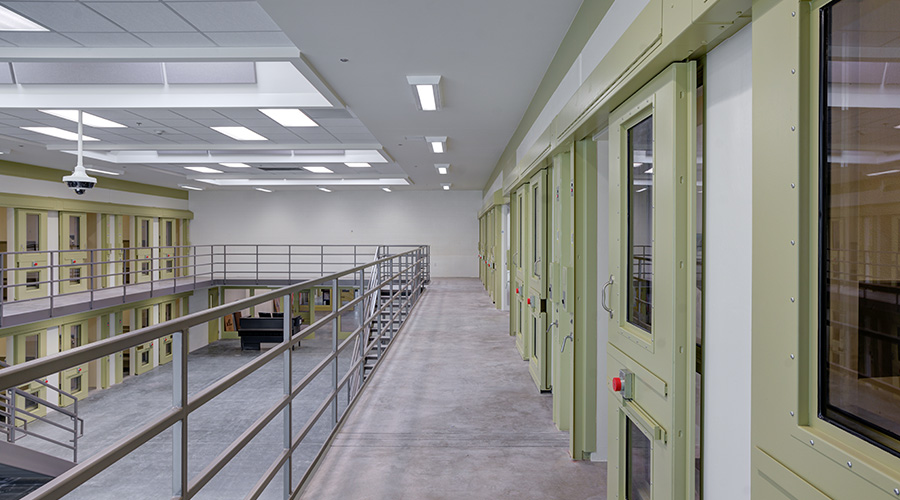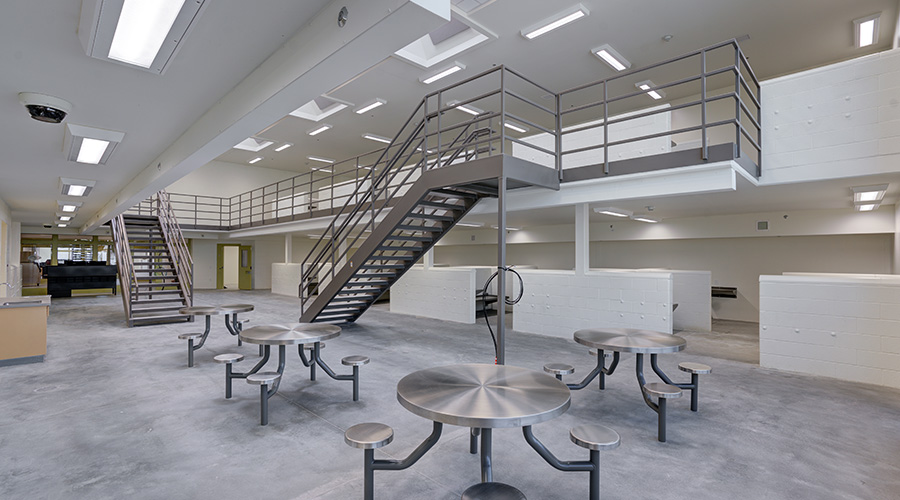The Six Categories of Lighting Controls
When an institutional or commercial organization builds a new facility or renovates an existing one, occupants encounter a lighting system — including new lamps, ballasts, and controls — designed to be more energy efficient than the system it replaced. But whether the system actually performs up to expectations often depends on maintenance and engineering managers. The task for managers and their staffs is to oversee and operate these new systems efficiently and cost-effectively to provide as many benefits as possible to their organizations, including energy savings and reduced maintenance costs related to labor and parts.
Lighting controls offer an appealing array of opportunities. Lighting-control strategies fall into six categories: turning off the lights in unoccupied spaces; turning off or reducing output when daylight is available; reducing output in spaces with limited occupancy; reducing output when multiple uses require lower light levels; reducing lumen maintenance by tuning lights to less-than-full output when lamps are new and tuning higher as lamps age and output drops; and reducing the output based on need or personal preference.
Automatic Shutoff
Turning off lights is the oldest and most commonly used control scenario. The most efficient way to accomplish this goal is to train occupants to use the switch. But due to human error or inattention, energy codes require automatic solutions. In a commercial or institutional building with predictable, 24/7 occupancy, one solution is to install a low-voltage system that sweeps off lights at a set time after hours. Typically, an override is available for people who work late in these areas. For spaces occupants use intermittently, an occupancy or vacancy sensor provides more flexibility.
An occupancy sensor turns on lights when it senses motion and off when it does not. A vacancy sensor has a manual on and automatic off and provides greater reliability, meaning false-on triggering does not occur. It also provides higher energy savings because it prevents short-duration on-cycles.
This arrangement saves electricity and reduces on-off cycles that can shorten lamp life. Installers can mount sensors on walls or ceilings, or the sensors can be integral to the light fixture, which minimizes initial wiring costs. Wall sensors simply replace a wall switch, and ceiling sensors are appropriate for larger areas.
Related Topics:













